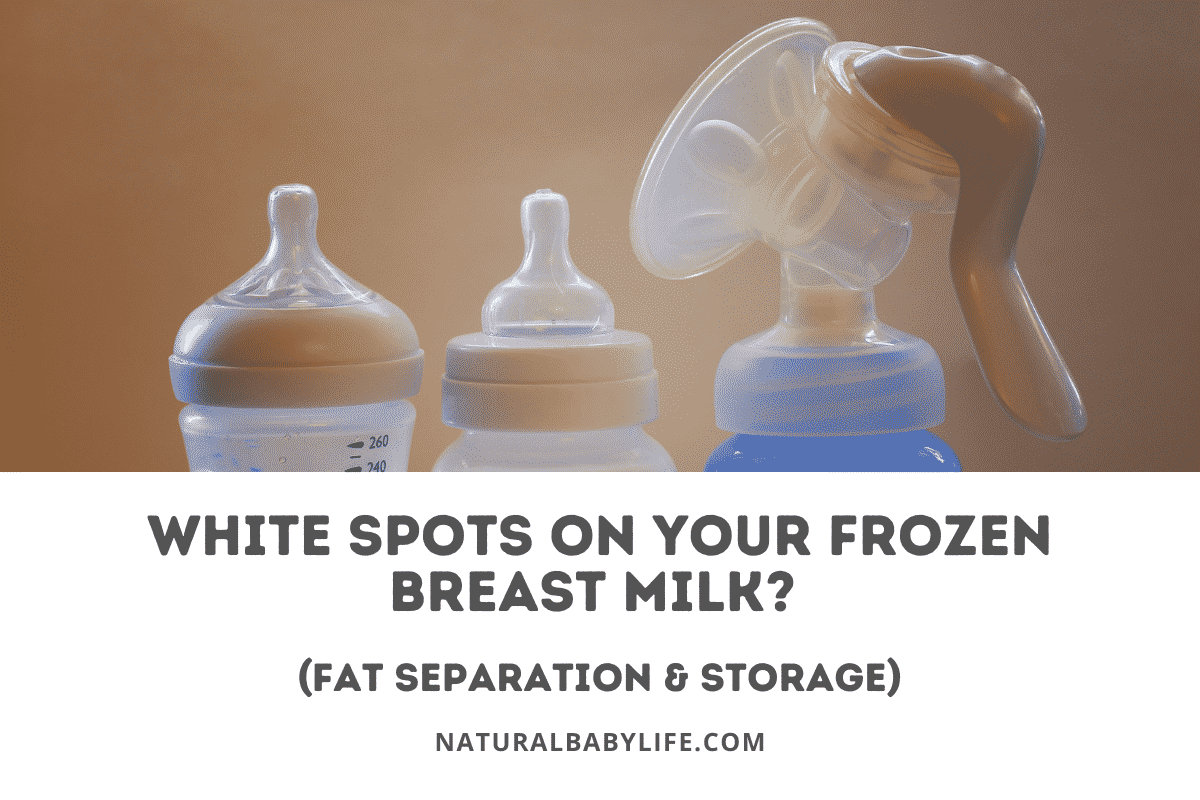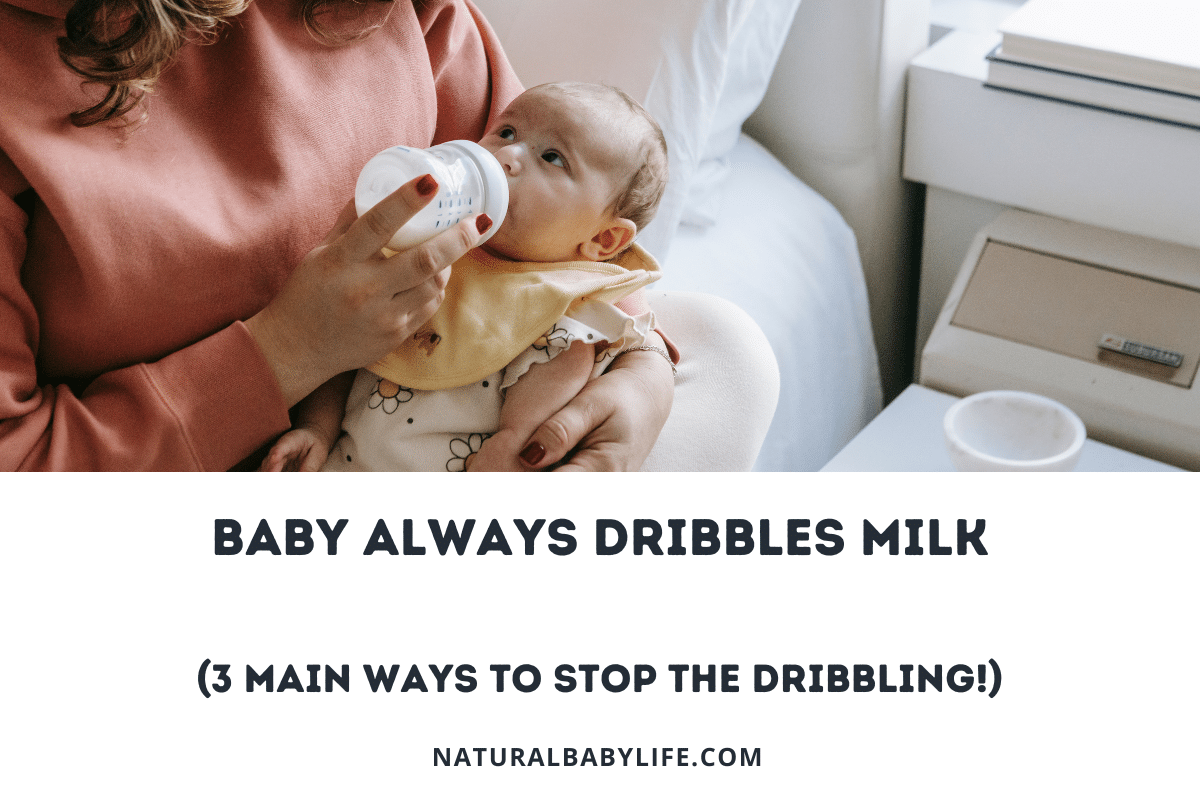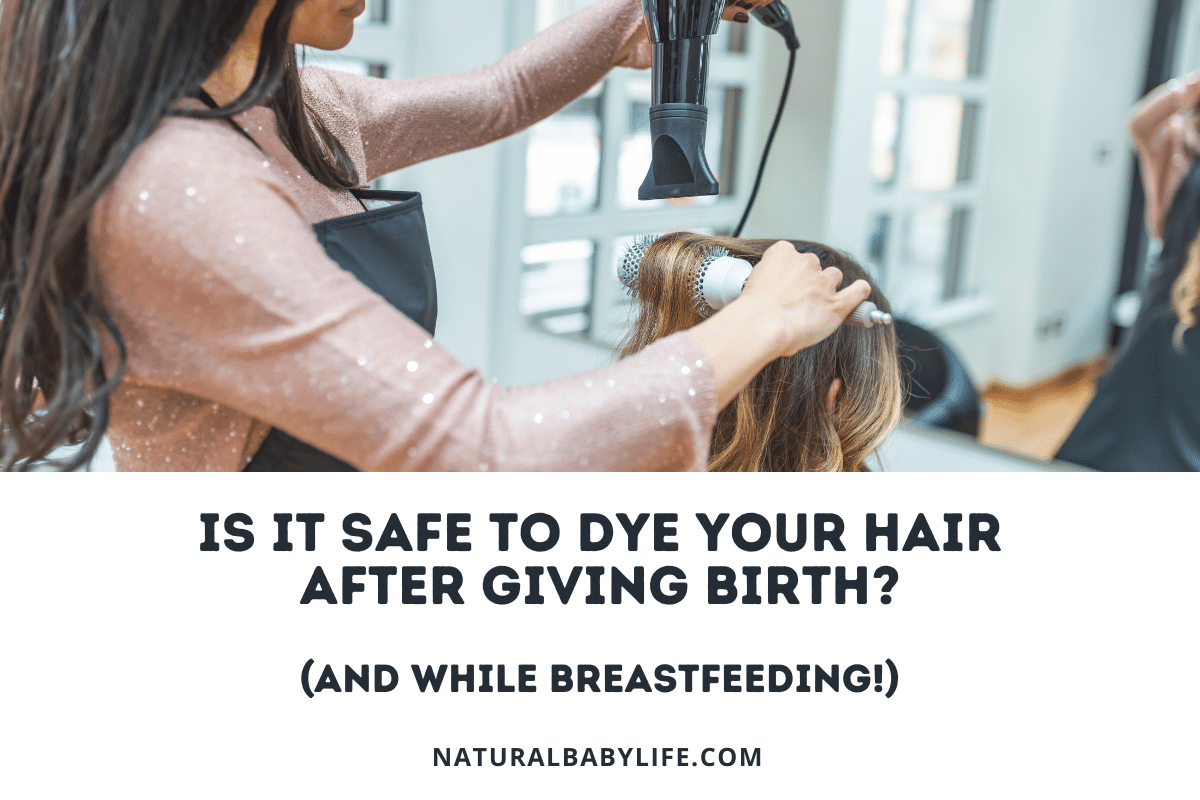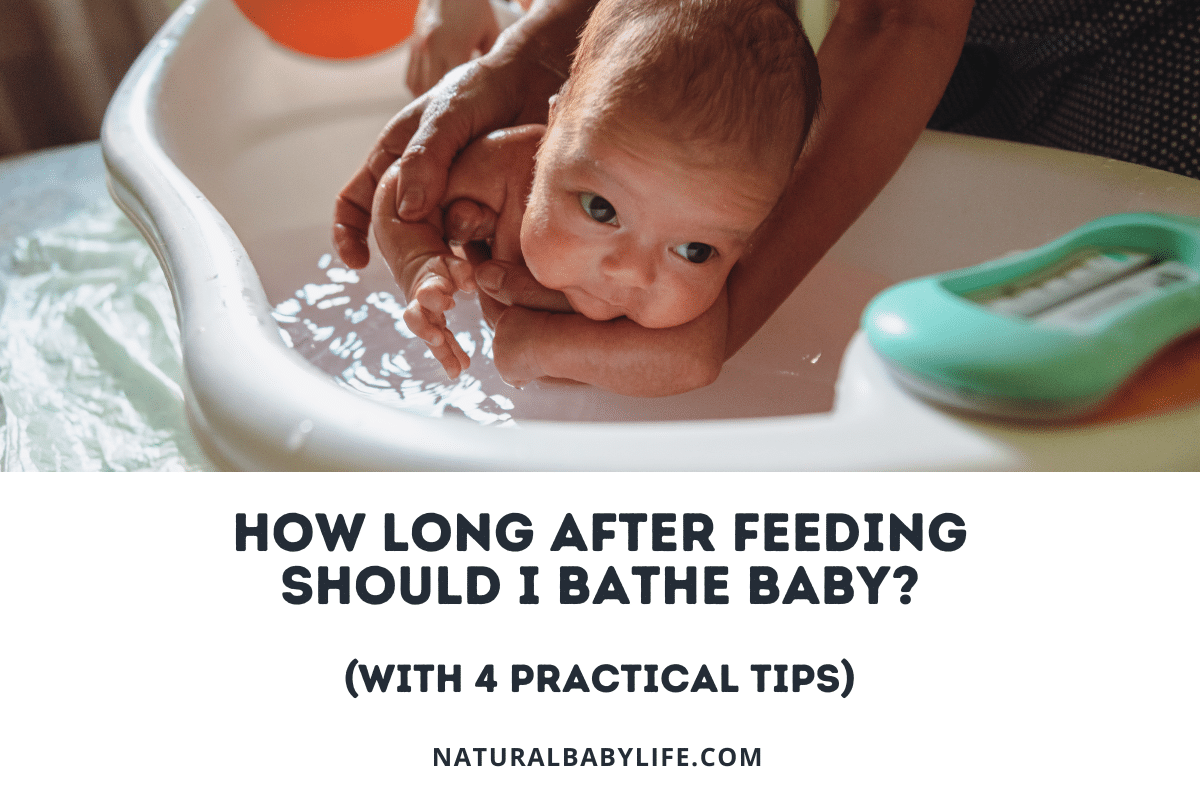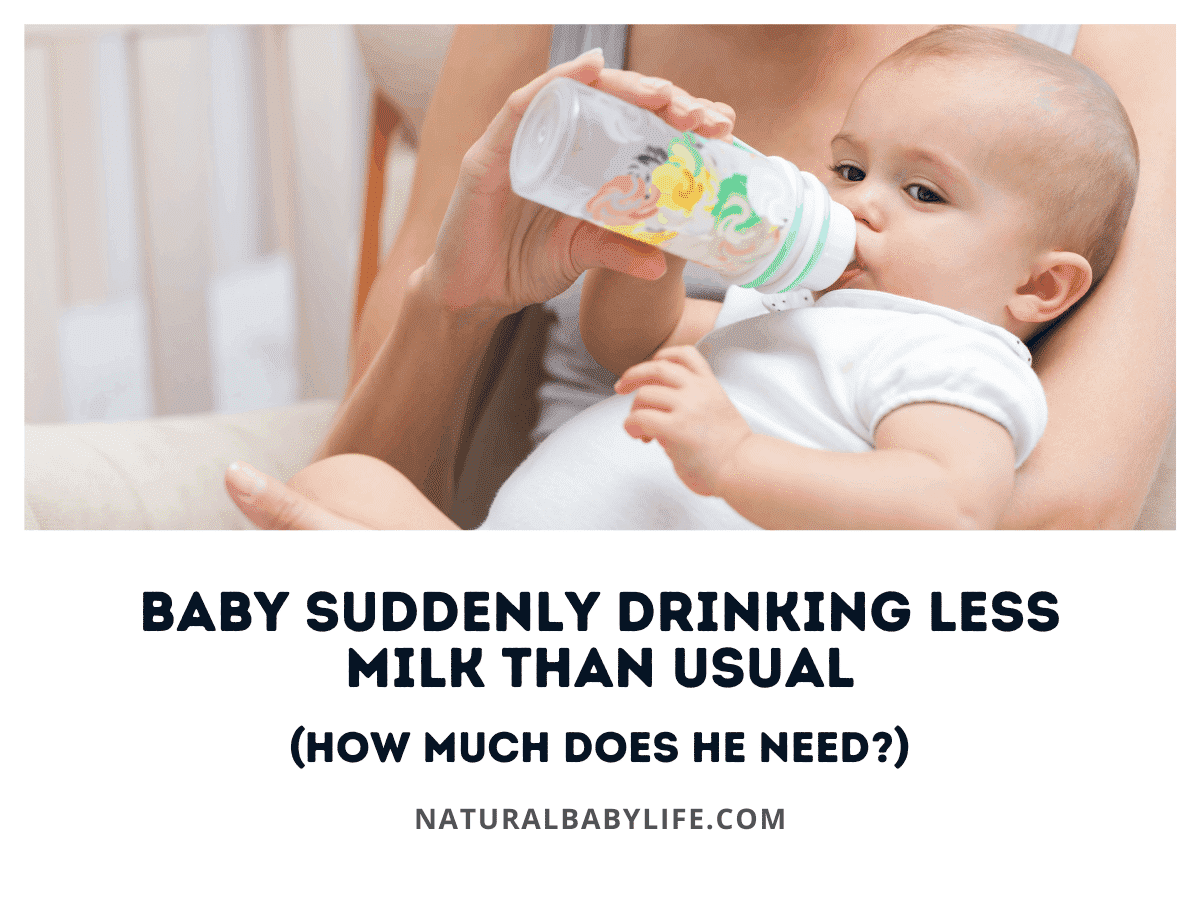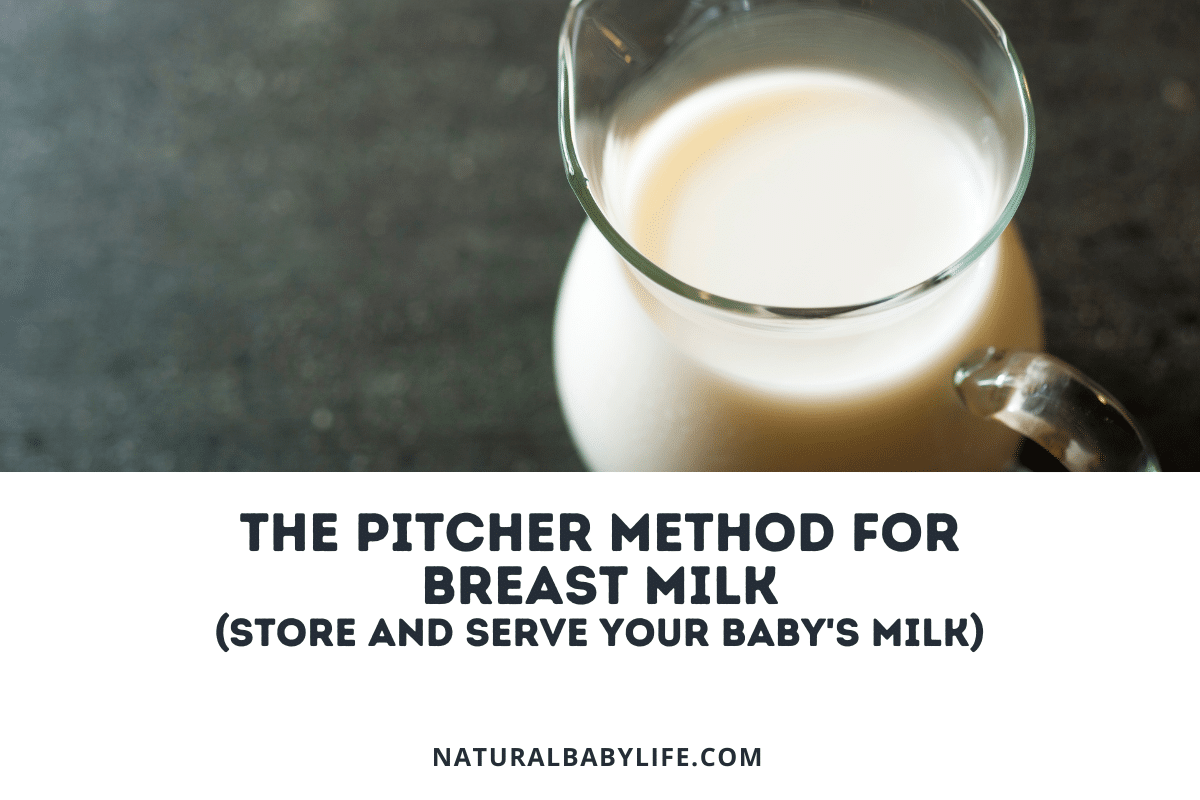Have you ever noticed white spots on your frozen breast milk when you pull it out of the freezer? After you go through the time and effort to pump and store breastmilk, it can be scary or frustrating. Does it mean your frozen breastmilk is bad? Can you feed it to your baby?
White spots on frozen breast milk are normal and occur when the fat (cream) separates from the rest of the milk during cooling. Once thawed, the separated fat will mix back together and recombine into breastmilk that looks normal. The fat separation doesn’t affect the quality of the milk provided that it has been stored properly.
Read on to find out what causes white spots on your frozen breast milk, and if it’s still safe to use. You’ll also learn more information from frequently asked questions about frozen breast milk, and its safety.
Table of Contents
What are the white spots in frozen breast milk?
Human breast milk has many components. It’s made mostly of water, protein, fat, carbohydrates, vitamins, and minerals. Because breast milk isn’t homogenized, it can separate when stored.
As the milk freezes, the fat separates from the water and floats to the top. Like oil that separates in a salad dressing, the layers can be gently recombined by swirling the container. The amount of fat in your breast milk changes as your baby’s nutritional needs change, which is why you may suddenly notice it happening when it hasn’t before.
Does frozen breast milk curdle?
Another more disturbing thing you may see when thawing frozen breast milk is that it looks curdled when you open it.
Frozen breast milk can curdle when the separation of the layers is caused by temperature differences. Milkfat becomes more viscous when it’s chilled. And because breast milk isn’t homogenized, the large fat globules separate from the proteins and the water giving it a chunky appearance.
As long as you’re storing your breast milk properly and practicing good hygiene, the milk should be fine. If you’re still unsure, give it a quick smell. If it doesn’t smell rancid or sour, it’s still good. This doesn’t just happen to frozen breast milk, but can also happen when it’s refrigerated.
Expressing warm milk over refrigerated milk can cause it to curdle too. It doesn’t do it right away but it can after storage. Curdled breast milk can also be caused by expressing milk directly into the same container with previously refrigerated milk.
It’s best to avoid adding warmed or body temperature breast milk to already cooled milk. Chill it before adding it to already cold or frozen milk.
What if frozen breast milk has separated yellow?
There are two reasons that your frozen breast milk has separated and appears yellow. Neither is a cause for worry. It’s perfectly normal.
Freezing breast milk can make the separated fat layer on top look more yellow. Also, during breastfeeding, your baby’s saliva can react with your breast milk and cause you to produce additional antibodies if your baby is ill. They are then passed on to your baby through your breast milk. This can cause your frozen breast milk to appear more yellow.
As long as the milk smells okay and your baby doesn’t mind, it’s safe to use after swirling to combine the separated layers. If you’re having trouble getting the layers to combine, heating the milk a bit will usually help.
Is it OK to have air bubbles in frozen breastmilk?
Air bubbles inside the storage container can cause freezer burn, which can affect the taste of your breast milk. While freezer burn does not make the milk unsafe, some babies can be particular about the change in taste.
Air bubbles should be avoided when preparing breast milk for the freezer. To prevent air bubbles in your frozen breast milk, always remove the air from the bag or container before sealing it. Stand the breast milk bag upright, put your fingers on the bag where the milk starts, then slide your fingers to the top of the bag and seal.
Remember to always leave a bit of headroom in any container you’re putting in the freezer. Breast milk expands as it freezes, which will split your bags or cause them to unseal when frozen.
How can you tell if frozen breast milk is bad?
You put a lot of effort into pumping and storing breast milk to ensure your baby is properly fed and healthy. It can be distressing to throw out breast milk that doesn’t look or smell right. So, how can you tell if frozen breast milk is bad?
As we learned earlier, appearance alone won’t tell you if frozen breast milk has gone bad. You’ll need to give it a sniff or taste test. Generally, it’s bad if it smells or tastes foul, rancid, or sour. It isn’t salvageable and should be discarded. Make sure you’re following CDC guidelines for breast milk storage and preparation.
If your thawed breast milk smells or tastes soapy, fishy, or metallic it’s likely still good. These smells can be caused by high lipase (an enzyme) levels, which is okay because this enzyme has benefits for your baby. If your baby doesn’t like the taste, you can scald the milk the funky taste and smell.
To scald the smelly milk:
- Place the milk in a clean pan over low heat on the stove (avoid the microwave).
- Heat the milk just to the point that it’s bubbling around the edges, but not boiling.
- Place the pan in a large bowl filled with ice water to cool it quickly.
Store the cooled breast milk in the refrigerator and use it within a day or two.
How long is frozen breast milk good for?
Storing breast milk in the freezer can be a lifesaver so you can express milk when it’s convenient. And, it’s great to have several containers at the ready in case you need them.
Frozen breast milk, if stored properly is good for 6 months. After 6 months, the nutritional value begins to degrade. Store it in a clean, capped, food-grade glass or plastic container made without bisphenol A (BPA), or plastic bags designed for breast milk storage. Freeze at 0°F. Store the containers in the back of the freezer where it’s coldest.
Can bacteria live in frozen breast milk?
Breast milk is full of good bacteria that provide benefits for your baby’s gut health that formula-fed babies just don’t get. But you may be wondering if bad bacteria can live in frozen breast milk.
If you’re following proper storage and handling guidelines for breast milk, you lower the chances of introducing harmful bacteria into it. However, improper handling and preparation could allow harmful bacteria to live in your breast milk and potentially make your baby sick.
Follow the CDC guidelines below for storage to ensure you’re not introducing bad bacteria into your frozen or refrigerated breast milk:
- Never refreeze breast milk after thawing.
- Thaw frozen breast milk either in the refrigerator or by holding the container under warm tap water.
- Use breast milk thawed in the refrigerator within 24 hours. Start counting from the time the milk is completely thawed.
- Freeze breast milk in the refrigerator if it’s not used within 4 days.
- Once breast milk is brought to room temperature or warmed, use it within 2 hours.

